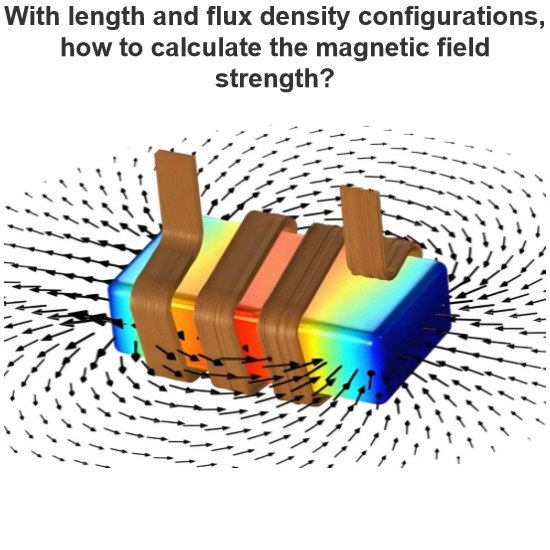
With length and flux density configurations, how to calculate the magnetic field strength?
To calculate the magnetic field strength (Magnetic Field Strength, H) based on length and magnetic flux density (Magnetic Flux Density, B), it's essential to understand the relationship between these two quantities. The magnetic field strength H and magnetic flux density B are typically related through the magnetization curve (B-H curve) or permeability ( μ).1.Basic Formula
Encyclopedia
12/20/2024
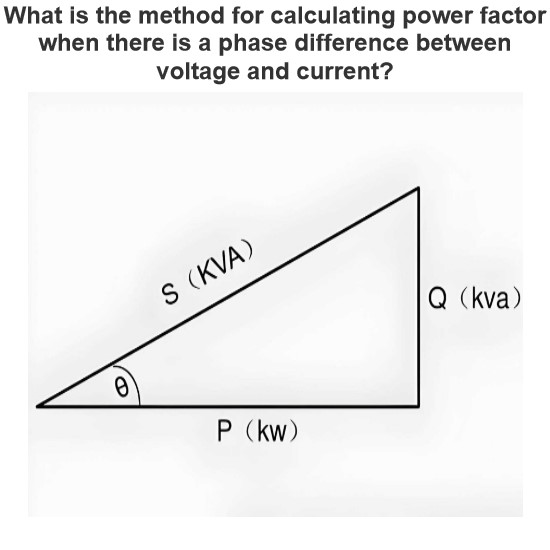
What is the method for calculating power factor when there is a phase difference between voltage and current?
Definition and Calculation Method of Power FactorPower Factor (PF) is a crucial parameter that measures the phase difference between voltage and current in an AC circuit. It represents the ratio of actual consumed active power to apparent power, reflecting the efficiency of electrical energy utilization. When there is a phase difference between voltage and current, the power factor is typically less than 1.1. Definition of Power FactorThe power factor is defined as: Active Power (P): The actual
Encyclopedia
12/16/2024
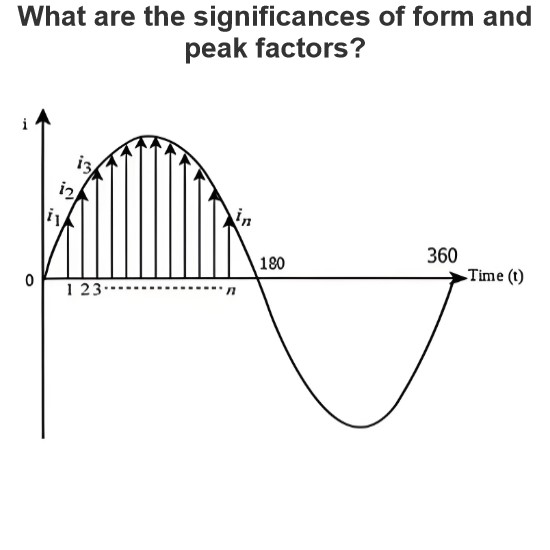
What are the significances of form and peak factors?
Significance of Form Factor and Crest FactorForm Factor (FF) and Crest Factor (CF) are two key parameters used to describe the characteristics of alternating current (AC) signals. They are widely applied in power systems, audio processing, communication systems, and other fields. These parameters play a crucial role in evaluating signal quality, device performance, and system design.1. Form Factor (FF)Definition:The form factor is the ratio of the root mean square (RMS) value of an AC signal to
Encyclopedia
12/13/2024
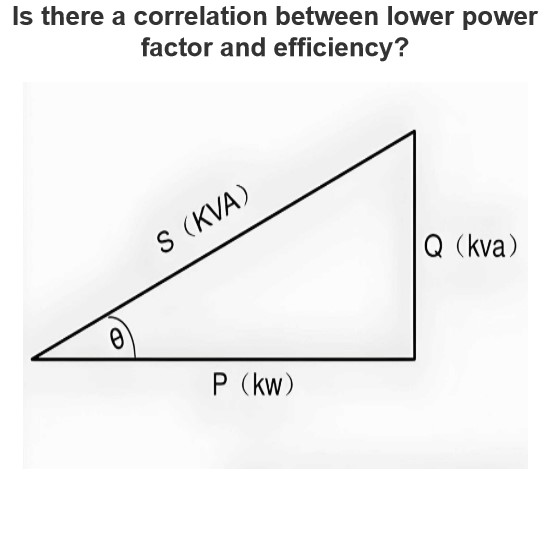
Is there a correlation between lower power factor and efficiency?
The Relationship Between Low Power Factor and EfficiencyThe power factor (PF) and efficiency are two critical performance metrics in electrical systems, and there is indeed a relationship between them, especially in the operation of electrical equipment and systems. Below is a detailed explanation of how a low power factor affects efficiency:1. Definition of Power FactorThe power factor is defined as the ratio of active power (Active Power, P) to apparent power (Apparent Power, S), often denoted
Encyclopedia
12/13/2024
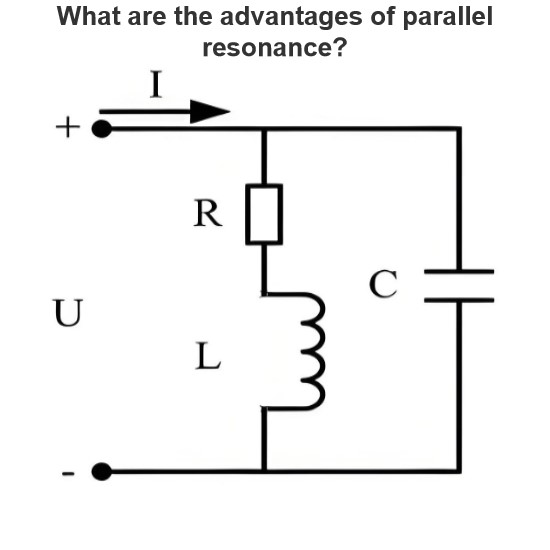
What are the advantages of parallel resonance?
Advantages of Parallel ResonanceParallel resonance circuits (also known as current resonance circuits) exhibit special electrical characteristics at a specific frequency and are widely used in radio communication, filter design, oscillators, and power electronics. Below are the primary advantages of parallel resonance:1. High Selectivity Frequency Selectivity: A parallel resonance circuit has maximum impedance at its resonant frequency and much lower impedance at non-resonant frequencies. This c
Encyclopedia
12/13/2024
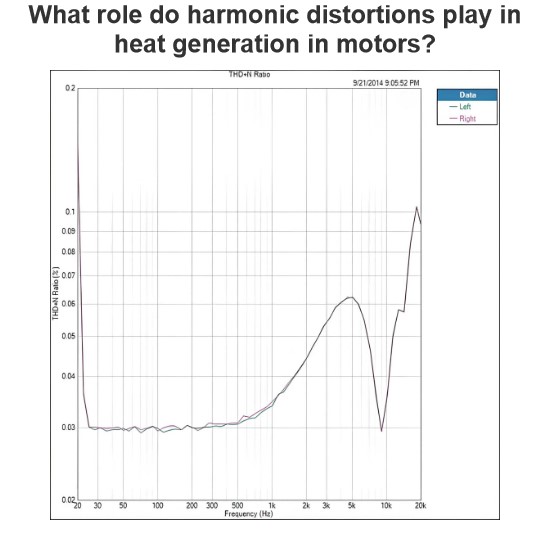
What role do harmonic distortions play in heat generation in motors?
Impact of Harmonic Distortion on Motor Heating1. Increased Copper Losses Principle: In a motor, the winding resistance generates copper losses (resistive losses) at the fundamental frequency. However, when harmonic currents flow through the windings, the skin effect becomes more pronounced due to the higher harmonic frequencies. The skin effect causes the current to concentrate near the surface of the conductor, reducing the effective cross-sectional area and increasing the resistance, thereby i
Encyclopedia
12/09/2024
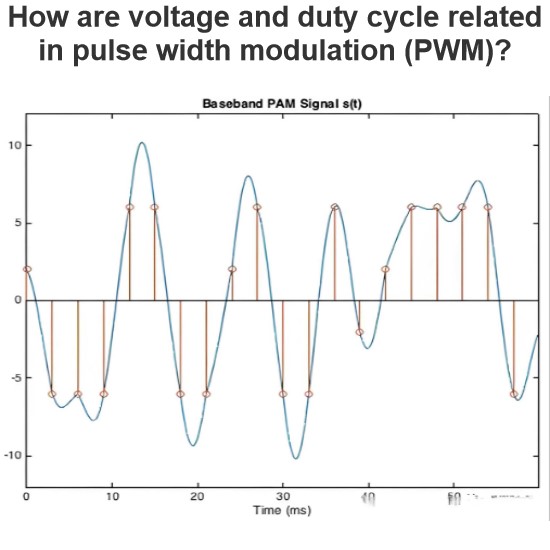
How are voltage and duty cycle related in pulse width modulation (PWM)?
Relationship Between Voltage and Duty Cycle in Pulse Width Modulation (PWM)Pulse Width Modulation (PWM) is a technique that regulates the average output voltage by controlling the duty cycle of a switching signal. PWM is widely used in applications such as motor control, power management, and LED dimming. Understanding the relationship between voltage and duty cycle in PWM is crucial for correctly using and designing PWM systems.1.Basic Principle of PWM PWM Signal: A PWM signal is a periodic squ
Encyclopedia
12/09/2024
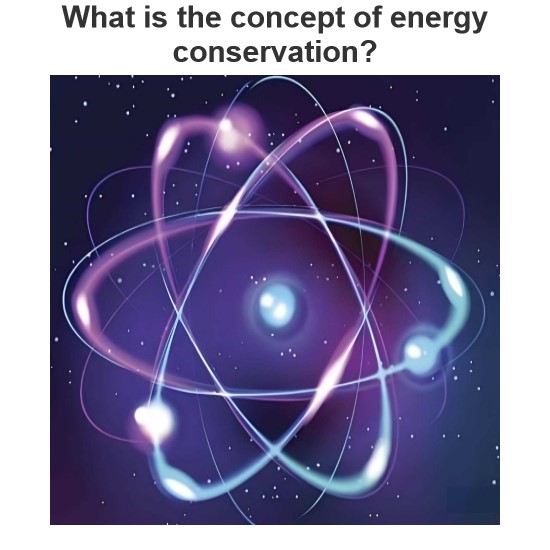
What is the concept of energy conservation?
The Concept of the Law of Conservation of EnergyThe Law of Conservation of Energy is a fundamental principle in physics that states the total energy in an isolated system remains constant. In other words, energy cannot be created or destroyed; it can only be transformed from one form to another or transferred from one object to another.1. DefinitionThe Law of Conservation of Energy can be stated as follows:In an isolated system, the total energy remains constant throughout any process.Energy can
Encyclopedia
12/06/2024
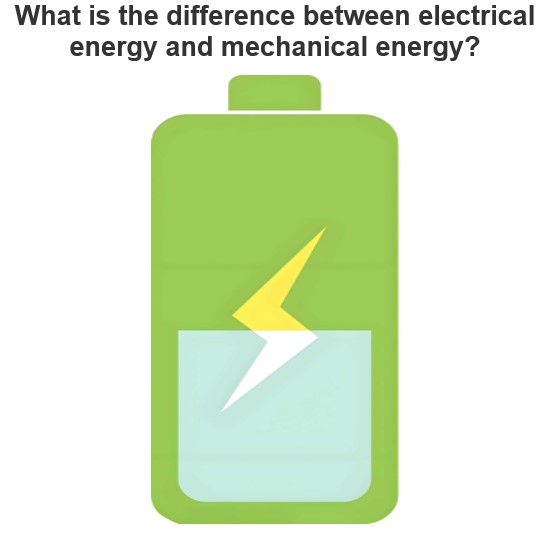
What is the difference between electrical energy and mechanical energy?
Differences Between Electrical Energy and Mechanical EnergyElectrical energy and mechanical energy are two distinct forms of energy that differ in their physical properties, generation methods, transmission methods, and application areas. Below are the main differences between electrical energy and mechanical energy:1. DefinitionElectrical Energy Definition: Electrical energy is the energy carried by moving electric charges or existing in an electric field. It can be transmitted through currents
Encyclopedia
12/02/2024
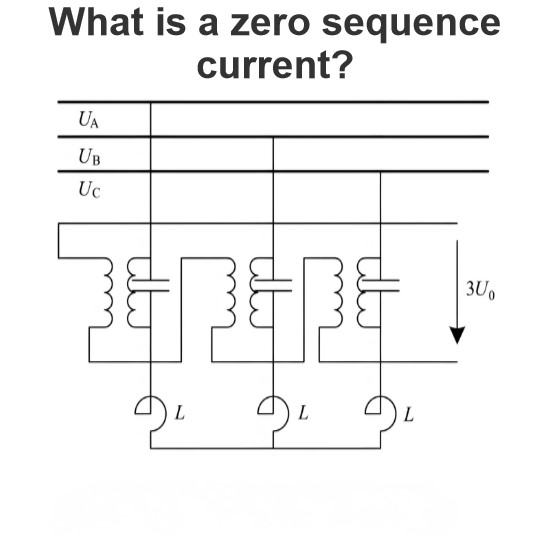
What is a zero sequence current?
Zero sequence current (Zero Sequence Current) is a special current component in a three-phase power system. It is one of the symmetrical components along with positive sequence current (Positive Sequence Current) and negative sequence current (Negative Sequence Current). The presence of zero sequence current indicates an imbalance or fault condition in the system. Below is a detailed explanation of the concept of zero sequence current and its characteristics:Definition of Zero Sequence CurrentIn
Encyclopedia
11/28/2024









